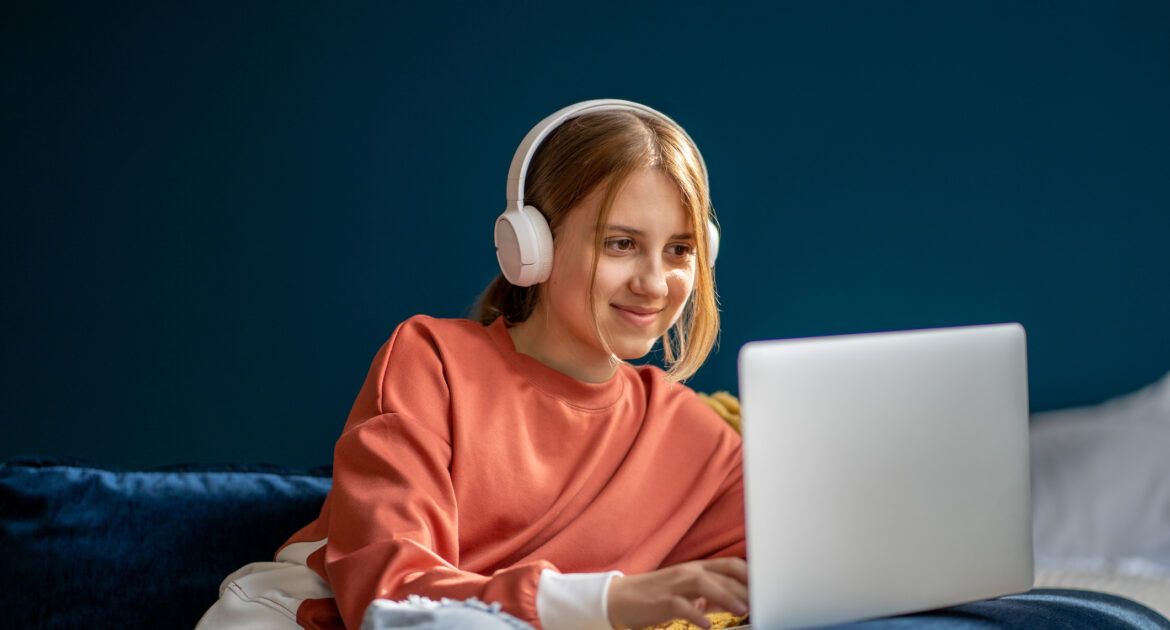Technology has primarily been the fall-back solution to face-to-face teaching until now. Some institutions have integrated technology into course content more than others, realising its potential for differentiation and enhanced learning through flipped classrooms. However, a lot of teachers have had little or no training in teaching online, so they are now learning as they go during the pandemic.
Teaching online by Matt, Digital Games Development Lecturer
Some subjects will present more challenges than others when adapting to teaching online. The more practical the subject, the more challenges, however, it is still largely possible. Setting up an online lesson requires a good internet connection and a webcam – that’s it!
A multi webcam video recorder (free to download) can capture video stream from several webcams and these can be saved as files on your computer for assessment purposes.
Content, assessment and feedback are all synchronous as they would be during a face-to-face lesson. In fact, the concentration level of students is often higher when working online.
The effectiveness of an online course is also dependent upon students feeling connected to the instructor. Such an environment is made possible by quick, pertinent, and constant feedback. Instructors must take the initiative to regularly communicate with students. Students feel more at ease when they feel the instructor is concerned about their progress. Research determined, “that students who received consistent personalized instructor feedback exhibited higher satisfaction levels and academic gains compared to those students who received strictly collective feedback”
One tip, when working from home, set the scene for your online lessons. Make sure there is nothing in the background that can distract students and that you have a quiet space to work without interruption.
Online collaboration by Dione, English Lecturer
The aspect of teaching online that is challenging at first is getting used to the physical distance, and therefore the lack of eye-contact sometimes when communicating. These issues take some adjustment to, especially when assessing understanding. Using effective questioning is essential, but also utilising the many free assessment tools available online to follow up and consolidate learning.
Review your online classes regularly to make improvements as you go along. Creating a clear filing system is essential so all resources can be accessed easily, by you and your students. Sharing resources and teaching tips with colleagues is also really important, so we can support each other and learn from each other.
Supporting each other is a real concern throughout this period of uncertainty. We ourselves need support, we need to support our colleagues and our students. Finding some time within our interaction to just touch base and catch up with each other will be increasingly important the longer the lockdown continues. Having a clear timetable for students week to week will help to provide a familiar structure in these unfamiliar times.
Conclusion
The ways in which we find ourselves now teaching will undoubtedly inform the teaching and learning of the future. The opportunity to use technology creatively and collaboratively is a powerful game-changer. Students who experience this way of learning will be developing the qualities and skills needed to be part of the solution to some of the biggest challenges facing the world. Climate change is the top of the agenda for future generations, but also mental health which has grown in incidence as well as recognition in recent times, but particularly in light of the current pandemic. The power of working collaboratively is a real asset to how we can interact through online platforms and will ultimately inform how we work together in the future.





Leave a Reply